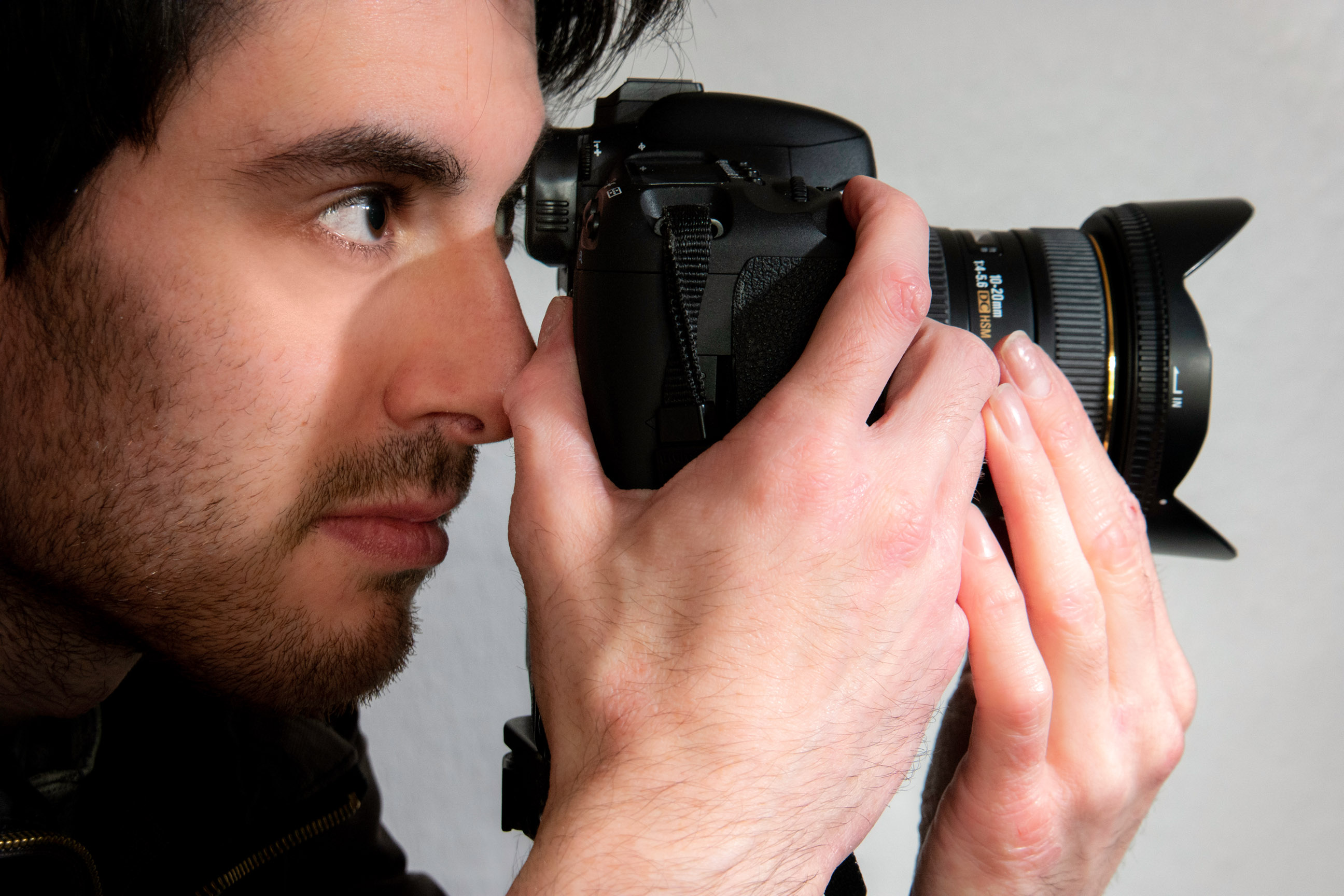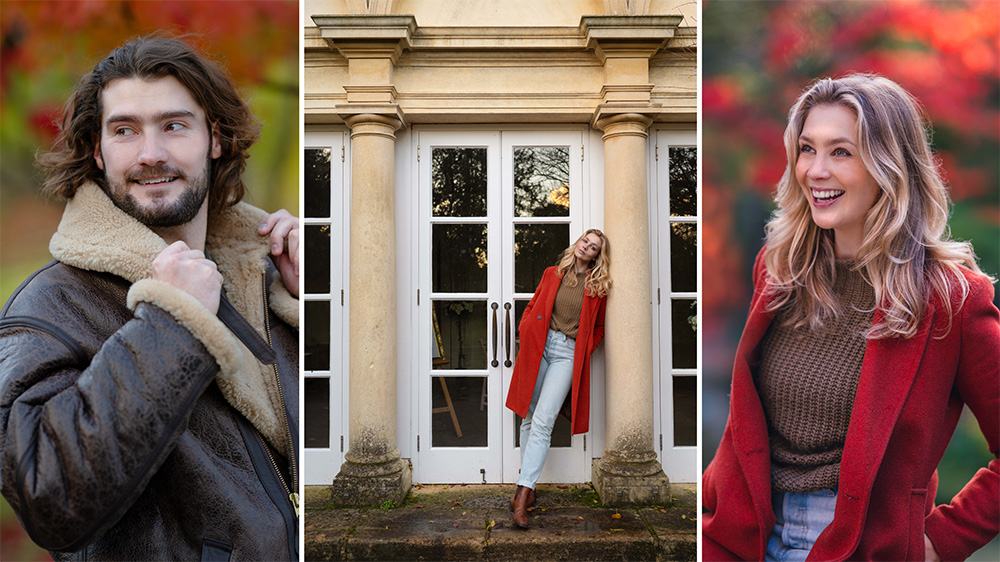Get better prints! Professional methods for more accurate printed photographs
Want better printed photographs? Put these steps into action for more reliable print color and exposure
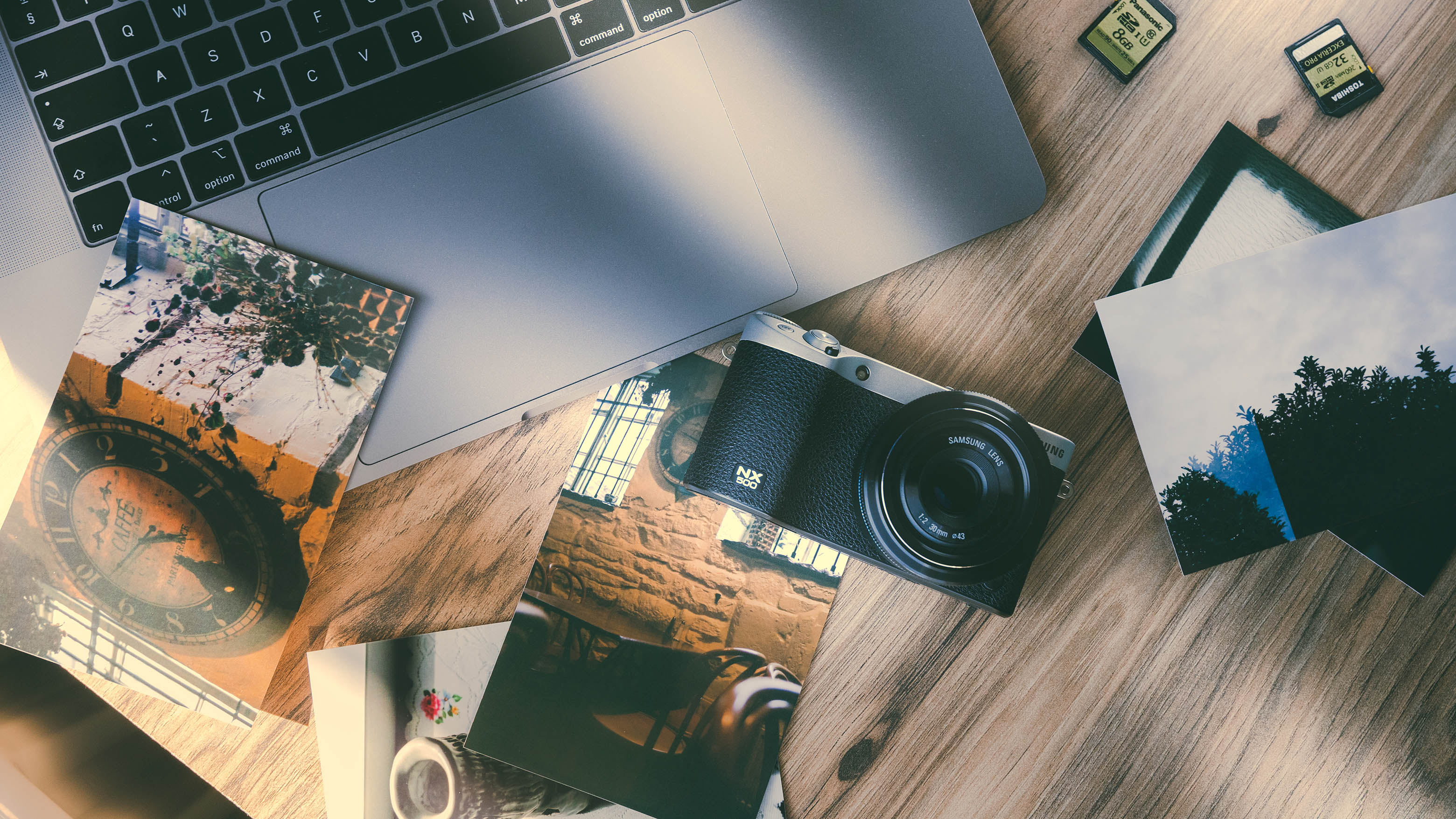
Producing quality prints is a skill of its own in the professional photography world. Capturing accurate color and correctly exposing your images in-camera, then post processing them with finesse is wasted effort if the final product does not match what you see on the computer screen.
In order for the printed photograph to possess the same color depth and the ideal balance of highlights and shadows, we need to have a streamlined workflow from shoot to output.
• Read more: Best photo printers
For experienced photographers this is likely old news – even a few failed attempts at home printing or several disappointing returns from online print labs will be an education in print management. However, there are some steps that we can all take to ensure even better continuity of tone and more reliable results.
Here we explore some simple and effective color control fundamentals that, while obvious in hindsight, can be overlooked by many!
Familiar surroundings
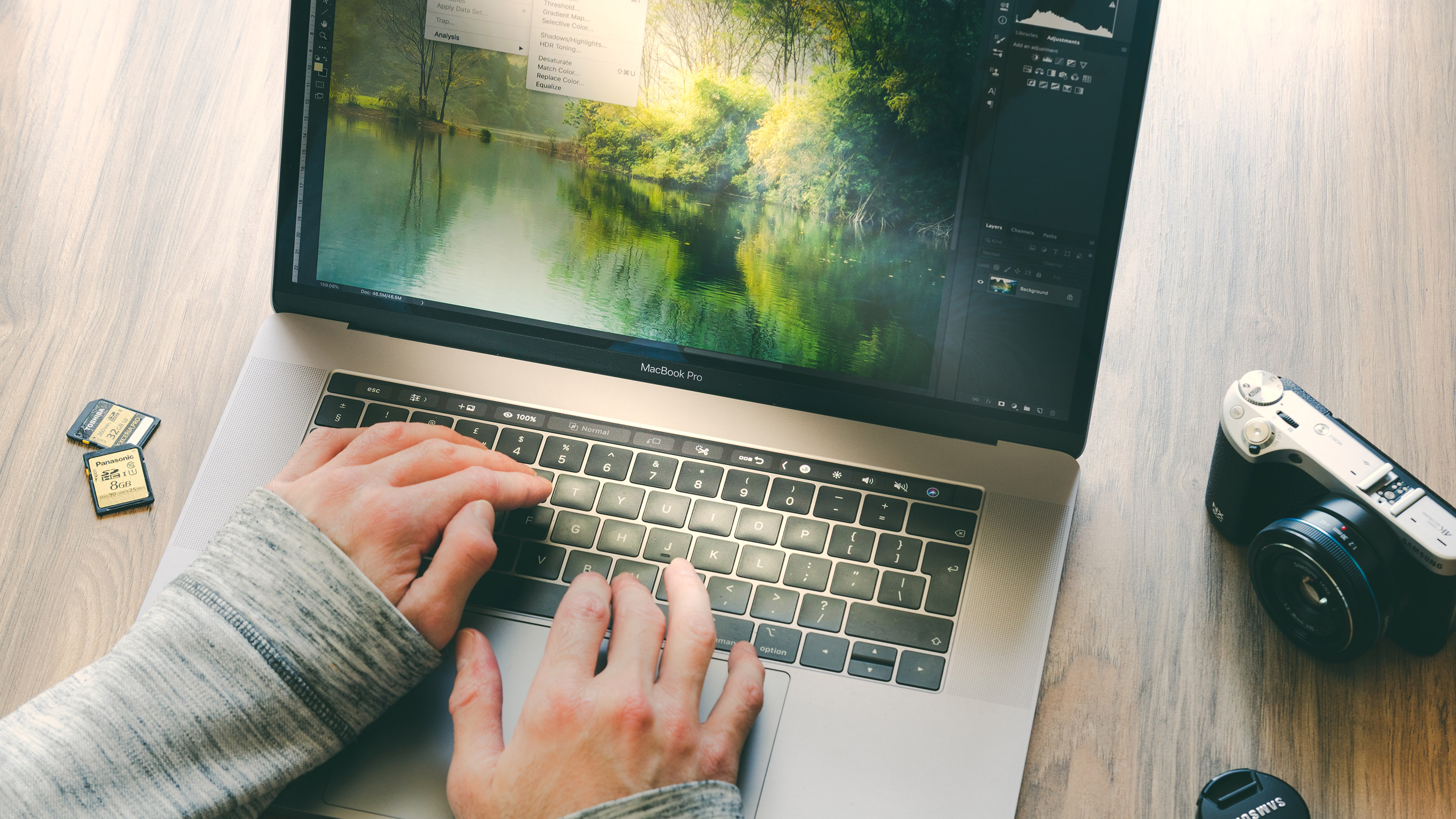
Where you edit is almost as important as how you process your images. It is no secret that the editing of images should ideally be done in neutral settings, in a room with plain walls and no direct light falling on the screen. However, continuity is critical – find a neutral spot and edit all your images in this location, where possible. Changing places, even within a room, can have significant effects on how you perceive the colors in your image.
Calibrate regularly
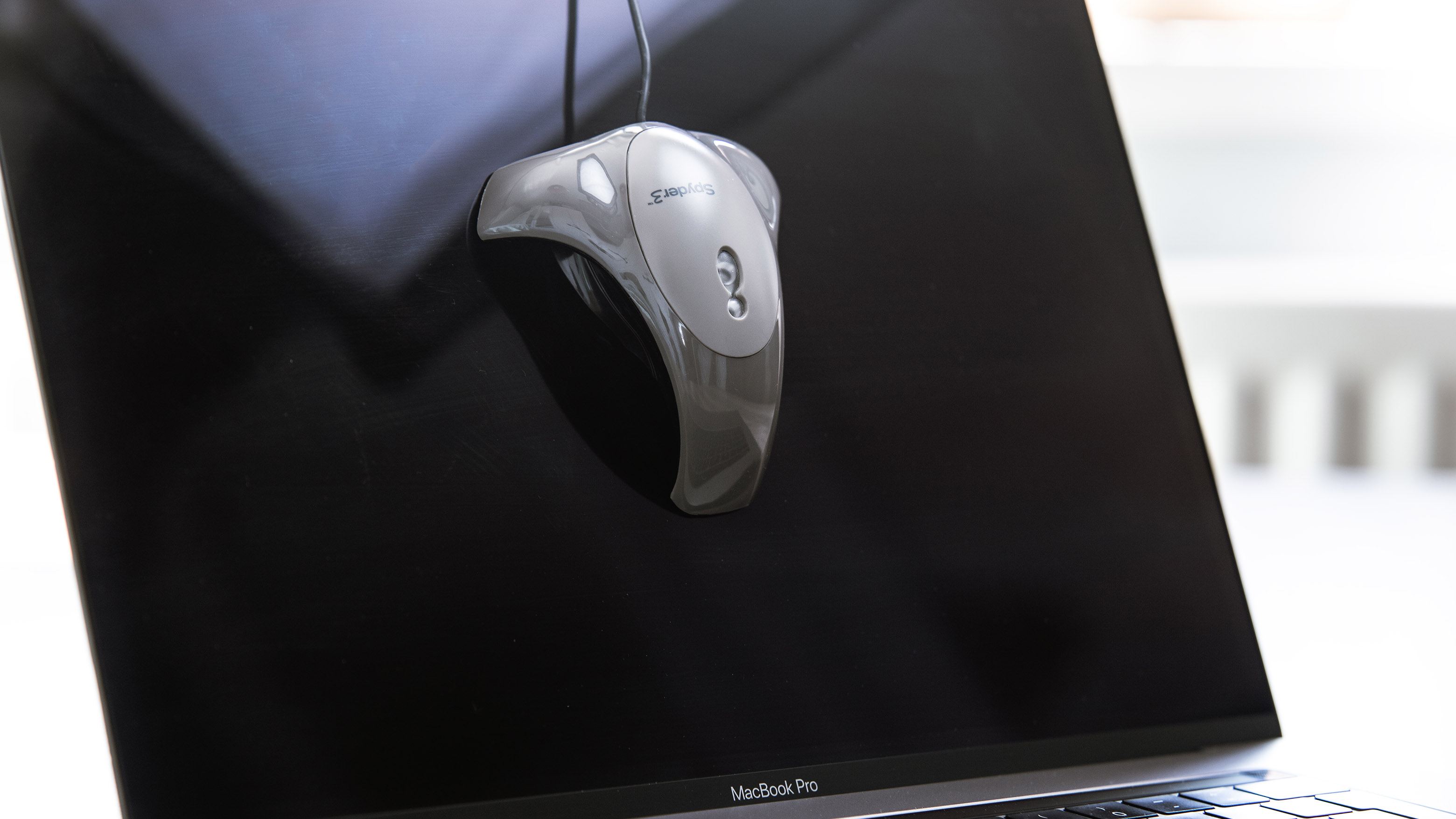
Monitor calibration is a vital step in producing reliable colours. However, the regularity with which you do this is also of importance. Many photographers calibrate their screen, then don’t do so again for many months. This allows time for the monitor to shift again. Calibrate as part of your regular workflow - bi-weekly as a minimum.
Match monitor to camera

Have you ever considered how your computer monitor compares to your camera screen? Not only are there differences in how they represent color, your camera likely only shows you a JPEG preview of your RAW files. Select a flat JPEG profile in-camera, then compare a reference image on both your camera LCD and editing screen, to identify large discrepancies. This can help you capture more accurate colors in the field, minimizing how much later color adjustment is required, and reducing the likelihood of unwanted biases making it to print.
Compare prints to screen

Once you have some reference prints, after employing some of the other steps featured here, compare these to the finished images on-screen. This will help you see where you have under or over-compensated for color casts or exposure issues. Shadows commonly seem darker in print, for example, so this process enables you to adjust your editing approach for that specific paper and printer combination.
Adjust screen for setting
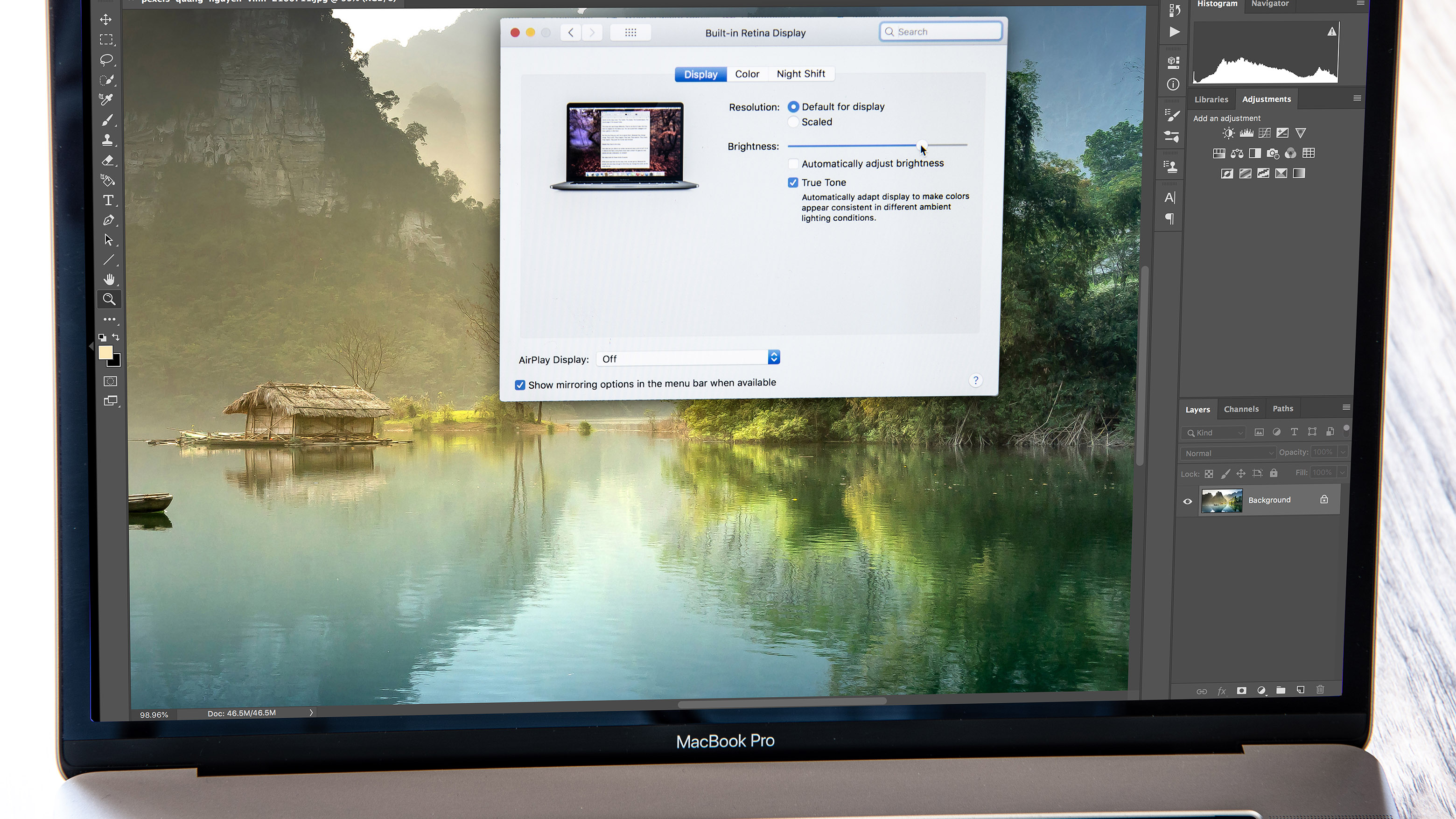
Sometimes you might have to leave your common editing space. When this is unavoidable, take note of the regular places or similar lighting conditions you find yourself working under – this can enable you to adjust the brightness and color balance of your laptop screen, to more precisely compensate for the change. The aim is to reproduce the screen appearance found in your standard editing area, giving you more color consistency.
Once you understand the relationship between your perception of color in your images and how this translates through a printer, onto paper, you can make adjustments to standardize your image editing. This helps achieve more predictable colors and fewer wasted prints!
Read more:
Best photo printers
Best photo paper
Best photo printing online
Get the Digital Camera World Newsletter
The best camera deals, reviews, product advice, and unmissable photography news, direct to your inbox!
As the Editor for Digital Photographer magazine, Peter is a specialist in camera tutorials and creative projects to help you get the most out of your camera, lens, tripod, filters, gimbal, lighting and other imaging equipment.
After cutting his teeth working in retail for camera specialists like Jessops, he has spent 11 years as a photography journalist and freelance writer – and he is a Getty Images-registered photographer, to boot.
No matter what you want to shoot, Peter can help you sharpen your skills and elevate your ability, whether it’s taking portraits, capturing landscapes, shooting architecture, creating macro and still life, photographing action… he can help you learn and improve.
